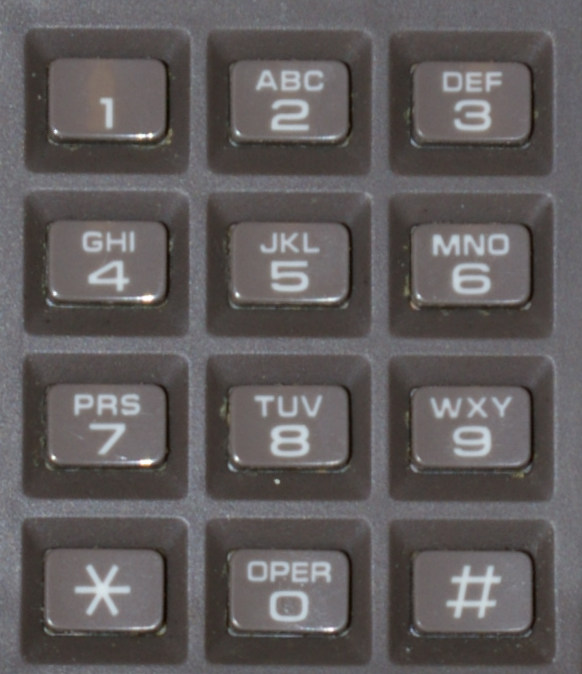AARP Hearing Center
John Karlin: The Scientist Who Pioneered Digital Dialing
By Patrick Kiger, February 11, 2013 02:12 PM
Today, the title of the sexy 1960 Elizabeth Taylor drama BUtterfield 8 probably puzzles a lot of younger movie buffs who come across it on Netflix. They don't recognize it as an old-fashioned phone number, with the first two letters and a number denoting a local exchange on Manhattan's posh Upper East Side.

And for that, we have John E. Karlin to thank.
Karlin, a Bell Labs industrial psychologist, who did the behavioral research that showed that telephone users were capable of remembering seven digits without any letters, which made possible the transition from alphanumeric to all-numerical numbers in the early 1960s.
Here are some intriguing facts about Karlin, who died on Jan. 28 at age 94 in New Jersey, and the revolutionary change that he helped make possible:
- Karlin was born in Johannesburg, South Africa, where his parents owned a grocery store and a tearoom. He came to the United States to study at the University of Chicago, where he earned a Ph.D. in mathematical psychology in 1942. He spent the next several years studying electrical engineering at Harvard and MIT.
- While at Harvard, Karlin did research on how noise from bomber engines might distract flight crews from their duties.
- After joining AT&T's Bell Labs in 1945, one of Karlin's first projects was helping to create the touch-tone phone keypad layout, which eventually not only replaced the old-fashioned rotary dial, but became the format for everything from automated teller machines and gas pumps to medical equipment.
- AT&T's Bell System originally adopted use of phone numbers with two letters - the so-called 2L-5D system - in the 1930s. The letters signified words, with the idea that phone users would have an easier time remembering them. In 1955, AT&T published this list of acceptable exchange names.
- Between 1942 and 1962, the number of telephones tripled, to 76 million, and the phone company became concerned that it would run out of pronounceable names, and it began to contemplate switching to all-digit dialing. According to this 1960 Associated Press article, there were only 540 combinations of two letters that could form easily understood words and would also work with telephone switching equipment.
- AT&T contemplated other solutions, such as keeping the letters but adding additional digits. Eventually, however, the company settled on seven digits, after Karlin's research showed that people could easily remember such numbers.
- The first place in the country to switch to all-digit dialing was Wichita Falls, Texas, in 1958.
- The switch to all-digit dialing provoked a surprisingly bitter controversy. A Los Angeles area attorney, S.I. Hayakawa, an English professor at San Francisco State College who later became a U.S. senator, led the formation of the Anti-Digit Dialing League. He explained: "Thermonuclear war is inevitable if we all think so, but if enough of us don't think so, we may be able to stop it. And ditto for all-digit dialing." Comedian Allan Sherman composed this satirical protest song.
- Los Angeles-area attorney James J. Oppen filed a lawsuit in an unsuccessful effort to block Pacific Telephone and Telegraph from converting to all digits, arguingthat potential clients would have difficulty finding him without his easy-to-remember TRiangle 3 exchange.
- Karlin also led a research team that figured out that the phone company could save on copper by giving customers cords that were only two feet long instead of three. They tested his by sneaking into colleagues' offices and switching their phone cords, giving them progressively shorter cords. No one noticed, they discovered, until cords were an entire foot shorter.
Photo: Mark Wagner































































